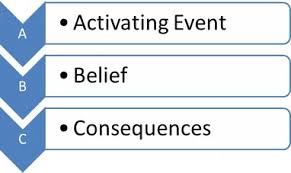“I start out strong every Monday, sticking to my plan, making healthy choices, checking off my daily wins…but then the week just wears me down. By Thursday, I’m completely off plan and making poor choices. I’m tired and stressed and can’t find my motivation.”
Sound familiar?
What if we redesigned your week? Instead of a 5-day slog followed by a 2-day collapse, what if your week were a 2-day sprint, 2 days of rest and recovery, followed by a final 3 day effort? Would that make it easier to sustain your focus and motivation?
This doesn’t even require talking your boss into an alternate work schedule. All it takes is mental reframing.
Even those of use who work non-traditional schedules have been culturally conditioned to think in terms of 5-day weeks and 2-day weekends. We’ve also been trained to think of Monday as the day we “start fresh.” with a renewed intention to make healthy choices, But it doesn’t have to be this way.
Whatever your work schedule, trying thinking of your “personal work week” starting on Thursday. If you set weekly intentions or keep a habit- or goal-tracking chart, have it run from Thursday to Wednesday.
On Wednesday night, set aside an hour to prepare yourself mentally and logistically for what you want to accomplish personally in the week to come. Write down your goals, intentions, and objectives. This would be a great time to listen to a podcast or read a book that inspires you to live your best life. (Members of our year-long Weighless program sometimes use their Wednesday nights to listen to their weekly materials or to spend time problem-solving with us and their fellow members in the forum )
You head into Thursday calm, motivated, and prepared.for two days of solid effort. After two days, you get the weekend to restore and reset your intentions. When you start again on Monday, your “week” is already half over. FInish strong! And on Wednesday evening, assess your week and get ready for the next one.
If you are tired of starting every Monday feeling strong and finishing every Friday wondering what happened to your health goals, this simple shift could make a big difference. Even if you doubt that something so simple could help, what do you have to lose? Let’s try it together this week and see how it goes.




